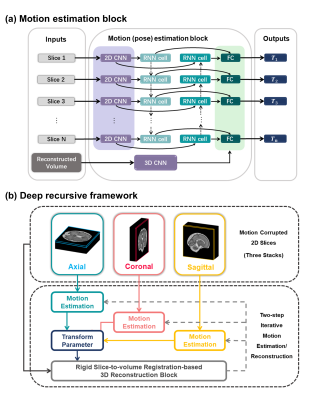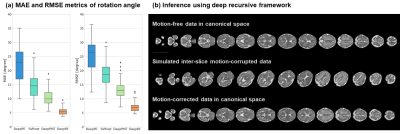Wen Shi1,2,3, Jiwei Sun1, Yamin Li3, Cong Sun4, Tianshu Zheng1, Yi Zhang1, Guangbin Wang4, and Dan Wu1
1Key Laboratory for Biomedical Engineering of Ministry of Education, Department of Biomedical Engineering, College of Biomedical Engineering & Instrument Science, Zhejiang University, Hangzhou, China, 22. Department of Biomedical Engineering, Johns Hopkins University School of Medicine, Baltimore, MD, United States, 3School of Biomedical Engineering, Shanghai Jiao Tong University, Shanghai, China, 4Department of Radiology, Shandong Medical Imaging Research Institute, Cheeloo College of Medicine, Shandong University, Jinan, China
1Key Laboratory for Biomedical Engineering of Ministry of Education, Department of Biomedical Engineering, College of Biomedical Engineering & Instrument Science, Zhejiang University, Hangzhou, China, 22. Department of Biomedical Engineering, Johns Hopkins University School of Medicine, Baltimore, MD, United States, 3School of Biomedical Engineering, Shanghai Jiao Tong University, Shanghai, China, 4Department of Radiology, Shandong Medical Imaging Research Institute, Cheeloo College of Medicine, Shandong University, Jinan, China
We proposed an
automated motion correction of multi-slice fetal brain MRI using a deep
recursive framework, which showed superior performance compared to
the-state-of-art learning-based motion estimation algorithms in fetal imaging.

Figure 2. Automated motion estimation and
reconstruction pipeline. The network consists of $$$N$$$ iterations between motion estimation blocks and a registration-based 3D reconstruction block. (a) Motion estimation block. (b) The proposed deep
recursive framework, including motion estimation blocks from three orthogonal
orientations and a rigid slice-to-volume registration-based 3D reconstruction
transformer.

Figure 3. The performance of different motion estimation
algorithms on the simulated motion-corrupted data. (a) Mean absolute error (MAE)
and root mean square error (RMSE) metrics of rotation angle. (b) One typical
case (31-week GA fetus in the testing set) of the motion correction using deep
recursive framework (DeepRF). DeepPE: Deep Pose Estimation, DeepPMT: Deep
Predictive Motion Tracking.
